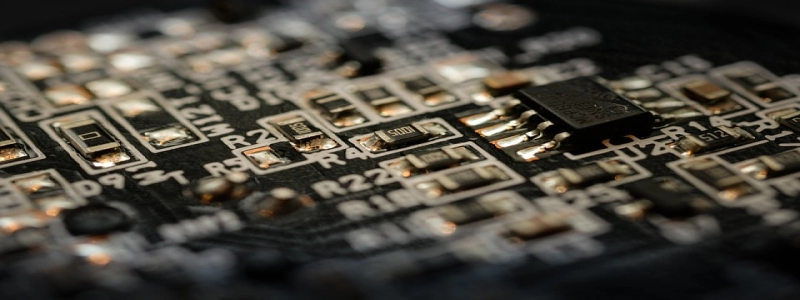Ethernet Protocol Types
Introduction
Ethernet is a widely used networking technology that allows computers and other devices to communicate with each other over a local area network (LAN). It provides a framework for sending and receiving data packets between devices connected to the same network. Ethernet supports different protocol types that define how the data packets are formatted and transmitted. In this article, we will explore the various Ethernet protocol types in detail.
1. Ethernet II
Ethernet II, also known as Ethernet Version 2 or DIX Ethernet, is the most widely used Ethernet protocol type. It defines a frame structure that includes a header, payload, and a cyclic redundancy check (CRC) for error detection. The header contains the source and destination MAC addresses, which uniquely identify the devices sending and receiving the data packets. The payload section holds the actual data being transmitted. Ethernet II supports a maximum frame size of 1518 bytes.
2. IEEE 802.3
The IEEE 802.3 Ethernet protocol is based on Ethernet II but incorporates additional features defined by the Institute of Electrical and Electronics Engineers (IEEE). It introduces the concept of networking standards, allowing different vendors to create compatible Ethernet devices. IEEE 802.3 supports Carrier Sense Multiple Access with Collision Detection (CSMA/CD), which helps manage network congestion and prevent data collisions. This protocol type has a maximum frame size of 1518 bytes.
3. Ethernet SNAP
Ethernet SNAP (Subnetwork Access Protocol) is an extension of Ethernet II that allows for the encapsulation of other network protocol packets within an Ethernet frame. It is commonly used for protocols that do not have their own Ethernet protocol type. SNAP provides a way to identify the encapsulated protocol within the Ethernet frame and allows for proper routing and handling of these packets.
4. Ethernet VLAN
Ethernet VLAN (Virtual Local Area Network) is a protocol type that enables the creation of multiple virtual networks within a single physical network. It allows for the segmentation and isolation of network traffic, enhancing security and network performance. Ethernet VLAN adds additional header information to Ethernet frames to identify the VLAN the packet belongs to. This protocol type is commonly used in larger networks where separate subnets or departments need to coexist on a single physical infrastructure.
Conclusion
Ethernet protocol types play a crucial role in defining how data packets are structured and transmitted within an Ethernet network. Ethernet II and IEEE 802.3 are the two primary protocol types used in most Ethernet networks, offering reliable and efficient data transmission. Ethernet SNAP and Ethernet VLAN provide additional functionalities for encapsulating other network protocols and creating virtual networks, respectively. Understanding these protocol types is essential for network administrators and engineers to design and manage Ethernet networks effectively.








